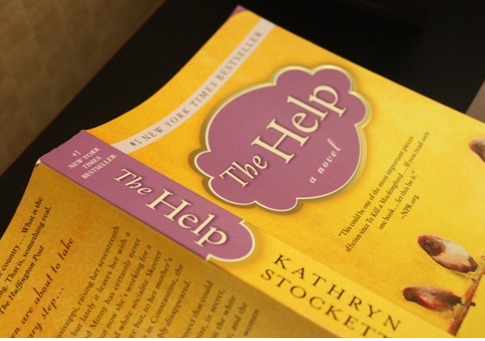There is no shortage of great books out there – only a shortage of time to enjoy them all! What is heading my way next week: A School for My Village: A Promise to the Orphans of Nyaka by Twesigye Jackson Kaguri and Where am I Wearing by Kelsey Timmerman, thanks to Michelle Hamman of Mother Tongues for the recommendation.
A School for My Village is the story of the building of an extraordinary school for orphans in Kaguri’s home country of Uganda. It details the astonishing effort by one man to raise an African community out of poverty and hopelessness. Since I’ve begun working on a new project that will work with a women’s sewing cooperative in Uganda, I am eager to learn more about the country and its history. I can’t wait to get this book in my hands!
The second book, recommended by Michelle, is going to be another interesting read. Written by journalist Kelsey Timmerman, Where am I Wearing was inspired when he noticed the tags of his favorite clothing featured various countries from Honduras to China. Timmerman decided to visit each of the countries and factories where his five favorite pieces of clothing were made and detailed his findings in this book. He talks about globalization and outsourcing and the vastly different worlds we in the West live compared to those who live and work in the countries that make the goods we purchase.
You can see a short trailer on the book to give you an idea of what Timmerman learned on his trip.
 Have you read either of these books? I’d love to hear what you thought of them – but no spoilers! I haven’t read them yet!
Have you read either of these books? I’d love to hear what you thought of them – but no spoilers! I haven’t read them yet!
~Megy





